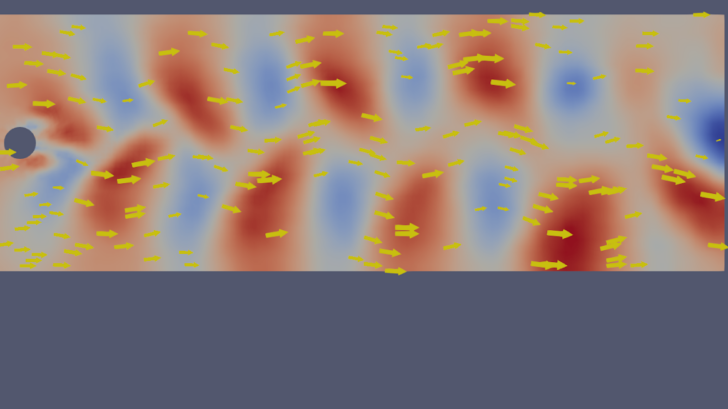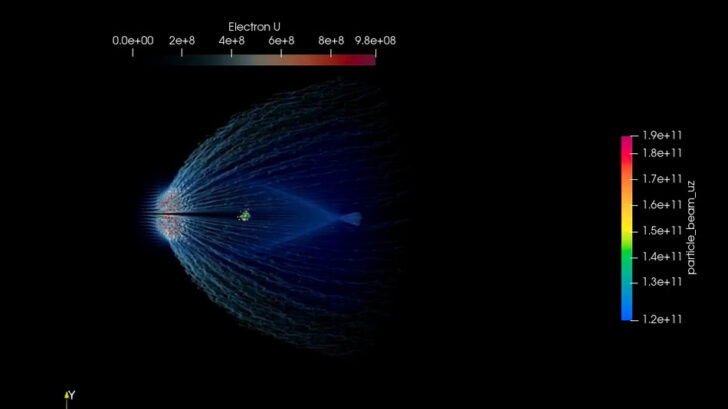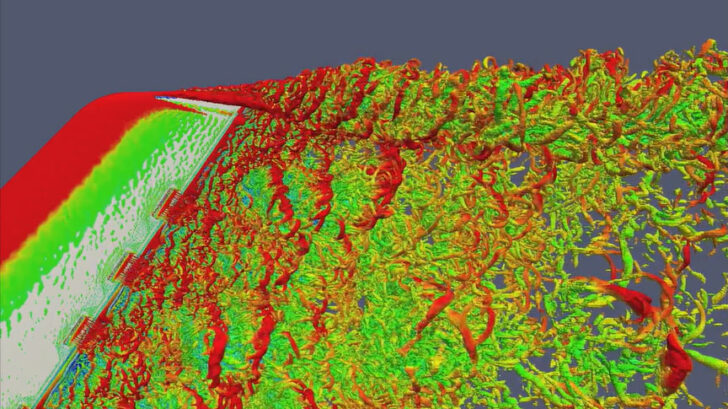In Situ Analysis and Visualization represent a sea-change in the way insight is attained at the largest scales of simulation science. The gap between computing performance and I/O throughput continues to grow with the scale of HPC systems, and we are removing that bottleneck with the ParaView Catalyst platform. Catalyst provides the cleanest path to enabling in situ analysis and visualization capabilities in your massively parallel simulation code, unlocking the full power of ParaView visualization and analysis capabilities, directly exploring your simulation data in memory, without ever needing to write that data to disk. Leveraging in situ analysis and visualization with Catalyst means you can visualize more time steps, analyze data more deeply, and use less computing resources.
ParaView implementation of In Situ
ParaView supports In Situ usage for visualization and analysis by implementing the Catalyst API. This implementation is popularly referred to as ParaView Catalyst. This implementation allows access to ParaView’s rich visualization and analysis capabilities using its Python API. The process of saving In Situ results is accomplished by using ‘Extractors’ from ParaView, which dictate what representation of data is stored to disk – some transformations of the input data or visualizations.
Some of the salient features of the ParaView-Catalyst implementation are listed below:
- Support for ParaView Python Scripting
- Support for advanced mesh types: AMR, Partitioned datasets
- Access to ParaView’s extensive visualization and analysis tools
Catalyst
Catalyst or the Catalyst API is a stable API specification developed for simulations to analyze and visualize data In Situ. The API consists of a limited set of functions that act as entry points to the Catalyst framework. Each of these functions use a JSON-inspired hierarchical data description that allows to describe the simulation data structures at a high-level decoupling essentially the user application from the visualization software.
The minimal API makes Catalyst instrumentation easy to integrate and update and also simplifies the requirements for API implementations. Current backends/implementations of the Catalyst API include ParaView Catalyst, Ascent and ADIOS2.
See Catalyst in Action





